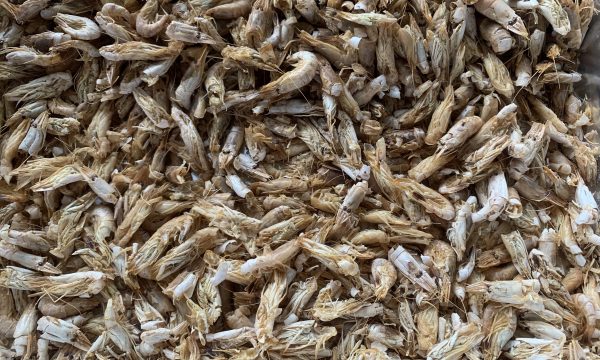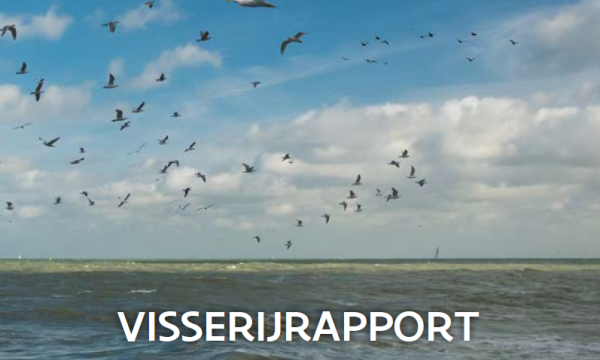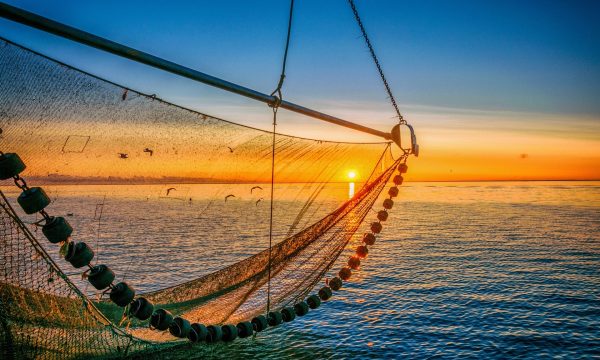Press release Two thousand recreational fishermen account for 1% of the total catch

Last year, around 2000 recreational fishermen landed 213 tons of fishery products from the Belgian part of the North Sea. This represents only 1% of the total commercial and recreational supply. Combined, the sector represents direct expenditures of 5 million euros.
The recreational fishery sector on our coast has been mapped for the first time. Research carried out by both Flanders Marine Institute (VLIZ) and Flanders Research Institute for Agriculture, Fisheries and Food (ILVO), has in recent years and in close collaboration with the recreational fisheries sector, contributed to the size, catches and economic value of the recreational fishing sector in the country.
A first estimation shows that the recreational sea fishing community comprises about 2,000 people. About half of these fish using a fishing rod from a boat (Figure 1). The other half consists mainly of beam trawlers, anglers from the beach or dam and piers; each of these account for approximately 200-250 people.

In 2017, all of the recreational fishermen caught a total of 212.6 tons of fishery products from the Belgian part of the North Sea (Figure 2), according to our calculations. This represents only 1% of the total commercial and recreational supply. The relative share of recreational fishing varies greatly from species to species. For example, the recreational supply of sole represents barely 0.5% (10.6 tons) of the total. For cod (27.6 tons) and shrimp (79.1 tons) this amounts to 3.7% and 9.6% respectively. The 'total catch' is higher by the recreational sector because many of the fish are released back into the water. Especially for sea bass, this return rate is very high, according to fishermen reports, 87% (see EU regulations). In cod, 4% of the total catch is involved. For the other species, only relative proportions at an item-level are available, but no weight estimations.

The direct expenditure of the recreational sea fishermen was mapped on the basis of interviews. In total, this sector accounts for a direct expenditure of around 5 million euros. This amount includes purchase or rental of fishing boats, purchase of fishing equipment, nets, clothing and gear, and the purchase of bait and fuel. The true economic impact is undoubtedly greater because the indirect values and the multiplier effect are not taken into account for the calculation. These include the tourist attraction of watching horse-drawn shrimp fisheries and beach trawlers at work, and job creation.

"These 2017 figures are a first for the Belgian sector," says VLIZ researcher Thomas Verleye. "For the first time, we know the size of the sector and how the catch is related to the catch of commercial vessels." The collection of these data is a European obligation. "The data can now be combined with that of commercial catches, so that fish populations can be assessed and managed more accurately", explains ILVO researcher Frankwin Van Winsen. The recreational fishing sector also benefits from the publication of the figures, because previously the assumption was that the anglers could catch more than the rough estimates that were made. "A good estimation of the recreational fishing activities can now form the basis of a 'tailor-made' regulation for the sector, geared to reality," says Daniel Wintein, a sports fisherman who participated in the research. He was certainly not the only angler in this study: as many as 259 fishermen volunteered data. The unique and thorough collaboration between scientists and anglers was the key to success within this study.


